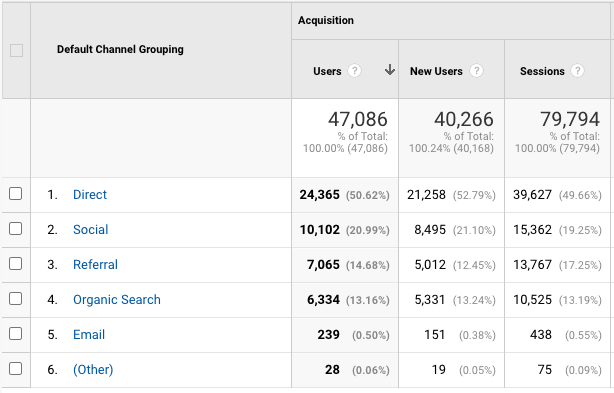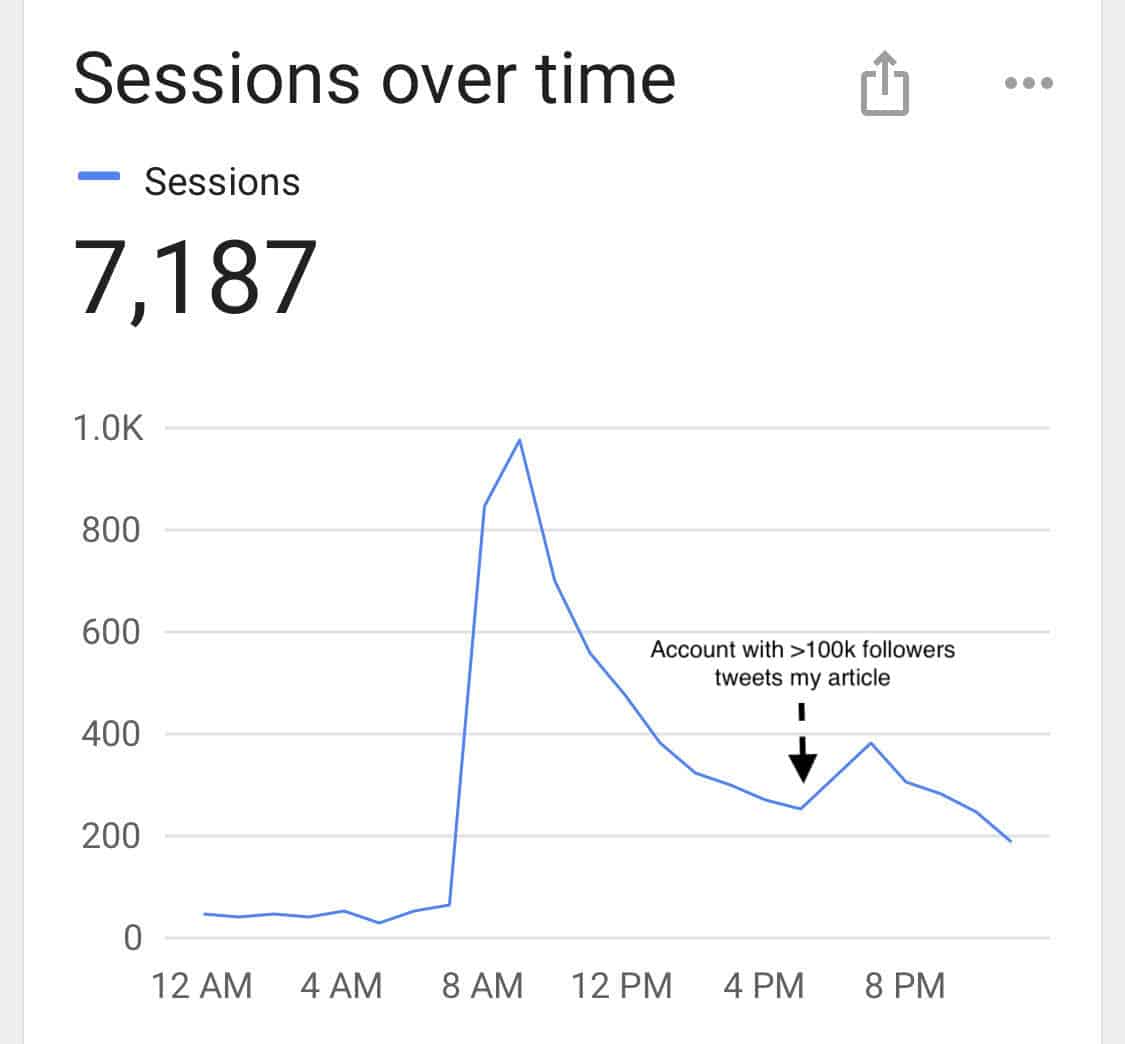Today I’m going to tell you something that I’m not supposed to. I’m going to let you in on a little secret…
Having a lot of followers on social media isn’t as great as it seems.
As someone that has been to the follower promised land (I have over 60,000 followers on Twitter), I can tell you that it isn’t that promising after all.
Maybe you knew this already, but lots of people don’t. Because lots of people on social media are caught up in the status game that these companies have created for us. I only know this because I used to be one of them. I used to be obsessed with gaining Twitter followers. In fact, I used to do everything in my power to acquire them.
I wrote tweet storms monthly. I added witty captions to funny videos. I even participated in Twitter memes regularly. I did all of these things to grow my followers and my engagement. I wanted to be accepted among the other accounts with big followings while also increasing the number of people reading my work.
But now that I’m here, I don’t feel all that different. It reminds me of something Jim Carrey once said in a commencement address:
I’ve often said that I wished people could realize all their dreams and wealth and fame, so that they could see that it is not where you are going to find your sense of completion.
And, if I’m being honest, I’ve come to realize that what I was chasing on social media was a fantasy. I assumed that once I had enough followers I would be set. That I wouldn’t have to go out and “fight for attention” anymore. That I could just tweet my posts and get consistent traffic. But that’s just not true.
Despite my tens of thousands of followers, I don’t get all that much social media traffic. Instead of taking my word for it, let’s take a look at the data. Below is a chart of the number of daily visitors to my blog from social channels (Twitter, Facebook, etc.) in July 2020:
The spikes you see represent days in which I publish new blog posts (1 per week). What you’ll notice is that these spikes are never more than a few thousand people a day, even for those posts that do quite well on social media. Additionally, sometimes a post’s social media performance can be dismal. For example, on July 14 (highlighted above) I published this post about what risk is and isn’t, yet I only had 469 visitors from all social channels on that day. Twitter drove 394 of those visitors.
While I agree that my post on risk was not the best thing I have ever written, what’s the point in having 60,000 Twitter followers if I can’t even get 400 of them to read a post?
More importantly, despite all the work I have done to build a social media following, only about 20% of my monthly traffic comes from Social sources:
[Author’s Note: The “Email” traffic above is not accurate given all of my newsletter traffic falls under “Direct”]
You might think that I just don’t have enough followers to really drive social traffic, but bigger accounts that have tweeted out my work haven’t moved the dial that much either. For example, here is what happened after an account with over 100,000 Twitter followers directly tweeted (not retweeted) one of my posts:
How much additional traffic did they drive to my site? Probably 700 people. I don’t say this to be ungrateful, but to illustrate that social media isn’t the panacea of engagement that it’s made out to be.
And it’s not just Twitter either. I know a few people who have more than 30,000 followers on Instagram, and guess what they get offered to do a sponsored post/story? Nothing. Nada. Zero. Companies might give them free swag, but that’s it.
This made me realize something that these social media companies don’t want you to realize—a follower is not a follower.
Just because someone has a lot of followers this does not imply that this is the number of people seeing their content. It’s like that old philosophical question: If a tree falls in a forest and no one is around to hear it, does it make a sound? Well, if someone with 10,000 followers sends a tweet, but only 300 of their followers see it, do the other 9,700 followers even exist?
You might argue that this is a good result because only the most engaging content gets seen by the most people, but then I will ask, “What’s the point of followers then?” If you take this inquiry to its logical conclusion, you will realize that followers don’t exist to consume your content, but merely to give the appearance of consuming it.
This is why only a small fraction of someone’s followers ever see their work. Because the follower count isn’t actually about the who is actually looking at what you do. It’s about stroking the creator’s ego while perpetuating the “followers are important” mythos to everyone else in the network.
Therefore, this implies that the only thing that matters on social media is the quality of your content. That’s it. If you produce work people like, it will be shared. If not, it won’t.
Of course, I understand why you might be skeptical of my argument. Someone with a lot of social media followers telling you that “followers don’t really matter” is like a rich person saying “money doesn’t buy happiness.” You can’t tell if it’s genuine.
But this isn’t about me. It’s about trying to pop the perception bubble surrounding social media. It’s about trying to prevent people from focusing on the wrong things.
If I could go back, I would have spent far less time trying to attract followers and far more time connecting with people one-on-one. Less tweets, more DMs.
But, I can’t go back. I can only try to help others from making the same mistakes and falling for the same lie. I promise you my friends, a follower is not a follower.
Thank you for reading.
If you liked this post, consider signing up for my newsletter.
This is post 199. Any code I have related to this post can be found here with the same numbering: https://github.com/nmaggiulli/of-dollars-and-data




